A Culture Carried: Bosnians in Bowling Green and the Bowling Green Bosnia Oral History Project document and present the traditional arts and cultural heritage of Bosnian Americans in South Central Kentucky. Bowling Green, Kentucky is home to nearly 5,000 Bosnian-Americans, many of whom came in the 1990s fleeing war and ethnic cleansing. Working with Brent Björkman of the Kentucky Folklife Program and Kentucky Museum and colleagues in the Department of Folk Studies and Anthropology at Western Kentucky University, Bosnian community members and institutions are sharing their history and culture and beginning important interfaith and intercultural conversations with their neighbors.
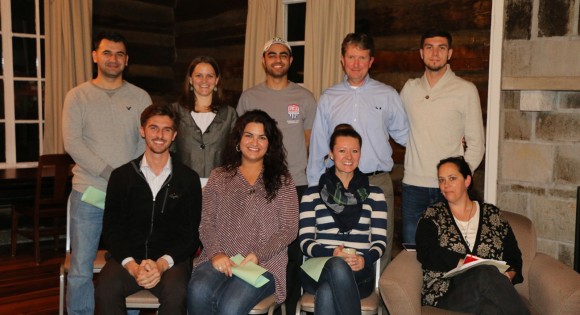
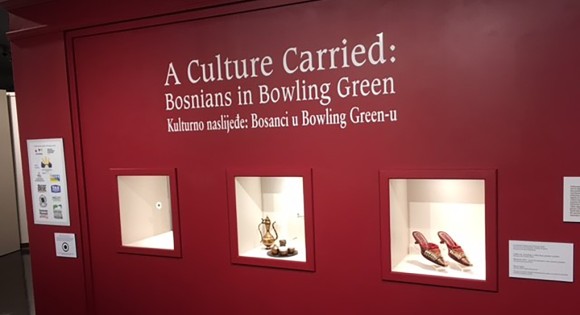
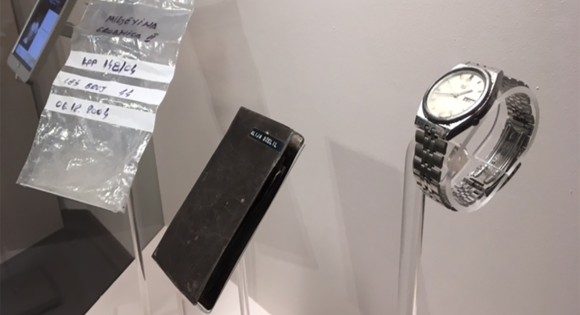
“The mission of the Kentucky Folklife Program is to document, present, and conserve the traditional arts and cultural heritage of the Commonwealth,” Björkman explains. “Whether your family has been here for two weeks or 200 years, we’re all Kentuckians and we all have something to share.”
The project developed out of a chance encounter between Björkman and Denis Hodžić, a member of the Bosnian community in Bowling Green. As Björkman and Hodžić spoke, Björkman learned that around 7.5 percent of Bowling Green is Bosnian American.
“So I said, ‘Is your story being told?’ and he said, ‘No, our story isn’t being told,’” Bjorkman recalls. “We talked for twenty minutes and we left the conversation saying this was meant to be. We were meant to meet today. I told him about ethnography. I told him about deep listening, open-ended questions, and we made an appointment.”
Björkman brought three of his colleagues from the university. Hodžić brought four or five of his friends. In monthly meetings after that, they conducted interviews and learned techniques and technologies of oral history collection. From there the group began to go deeper into the Bosnian American community to interview elders and business owners.
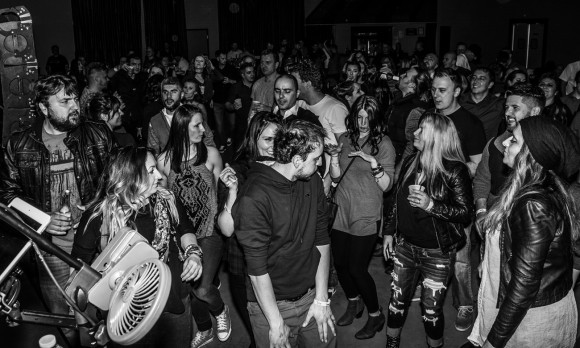
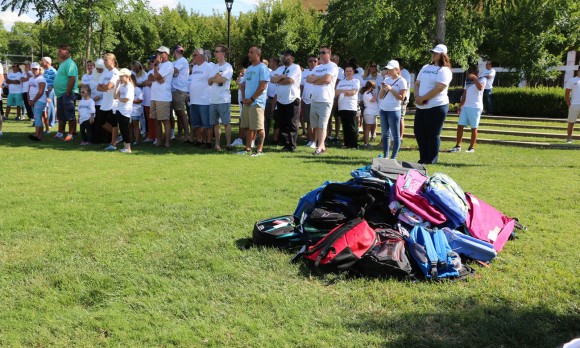


These conversations focused on life in Bowling Green and before, including experiences of ethnic cleansing and the broader tapestry of their lives in Bosnia. The oral history research is ongoing and has already led to an exhibition at the Kentucky Museum.
“We shared their stories. We do talk about the genocide and ethnic cleansing, but we do it through their stories,” Bjorkman says. “There are small vignettes about physical objects they’ve brought with them. Everything from a young girl’s Backstreet Boys scrapbook—because that was what was important to her when she was 11—to a woman’s husband’s watch that came out of a mass grave when they finally found him. But then we bring in their traditions they brought with them: their food traditions, their recreational traditions, creating textiles, and things you do in the home.”
The exhibition is available in full online, which, together with the physical exhibition has proven to be a fruitful recruiting ground for collecting oral histories. Both solicit community members to share their stories in Bosnian and English.
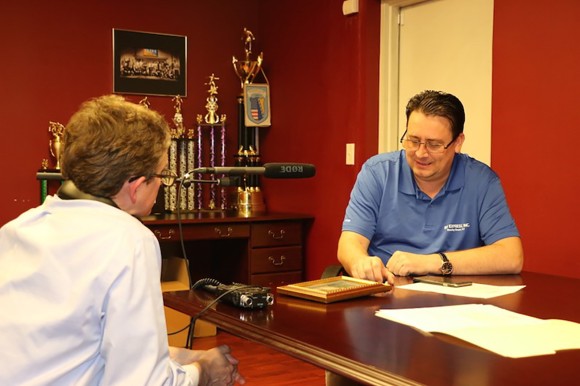
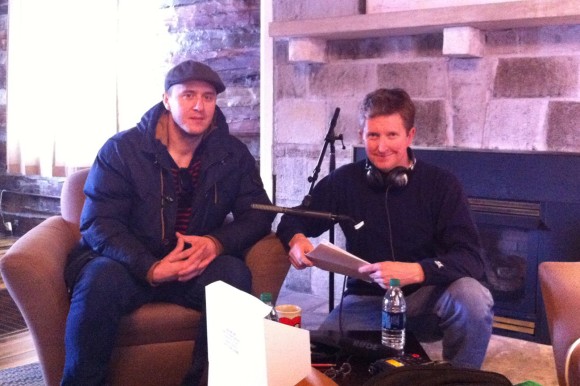
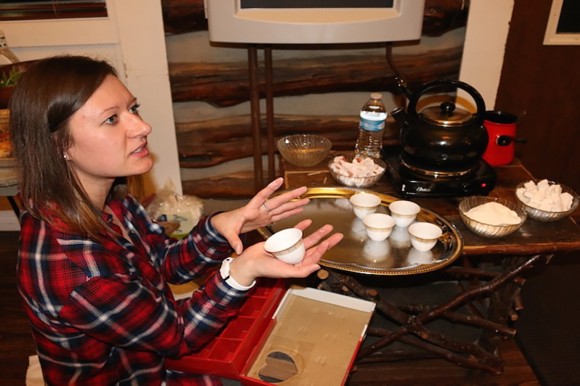
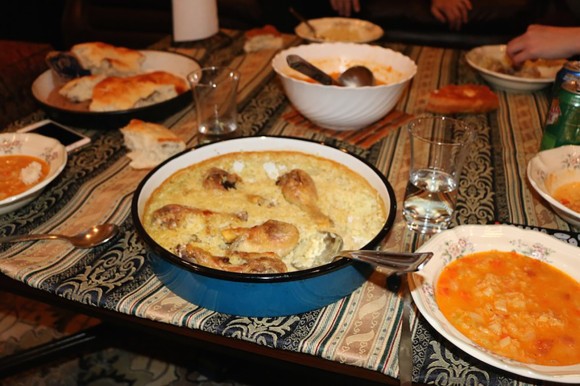
Relationship building has enriched this project at every level. For Björkman, it was crucial to build a foundation of trust by participating in community events and memorial walks, visiting with community members, and listening carefully to their stories. The memories participants are sharing in the oral history interviews and in the exhibition are personal and difficult, often involving the loss of loved ones. That kind of trust takes time.
At an early stage, Björkman also reached out to Bowling Green’s imams. The four mosques saw the project as an opportunity to build relationships with the broader community. “The imams were very enthused, because they try to work with interfaith groups, with the Presbyterians, with the Baptists,” Björkman says. “They all get along, but [they wanted] to really share with the rest of the [6]0,000 people in this town.”
The project had a profound effect on Western Kentucky University, as well. The university prides itself on being a student-centered applied research institution. This project embodies this identity in a number of ways. Students’ assignments have been built around the exhibition in folk studies and anthropology, for example involving the organization of traditional Bosnian food demonstrations in a foodways graduate course. And for the 2017-2018 academic year, the university organized extensive programming around Bosnia and Herzegovina through their "International Year of" series, making the exhibition and the region a touchstone for events, conversations, and applied research and learning all year.